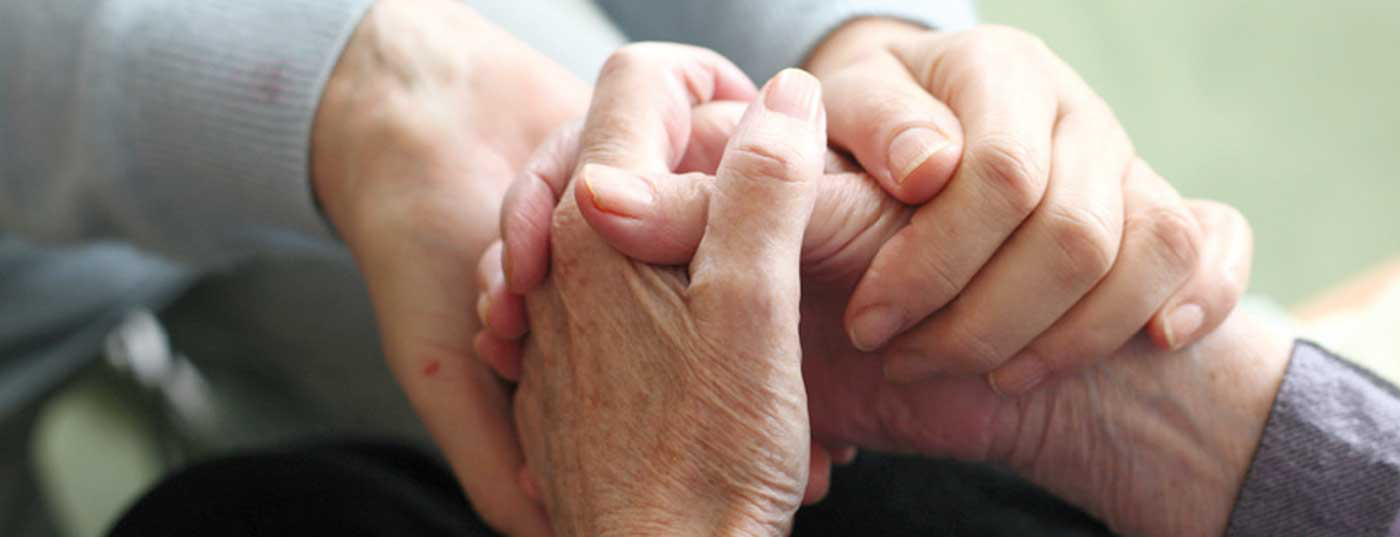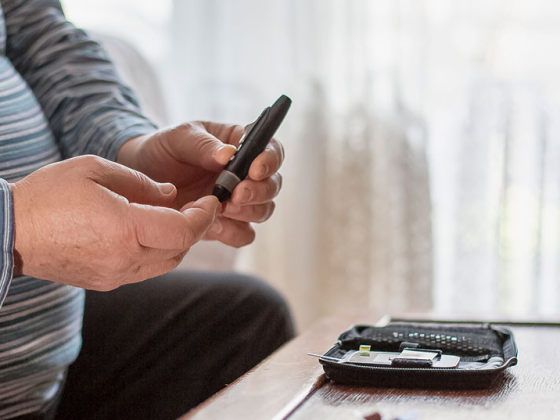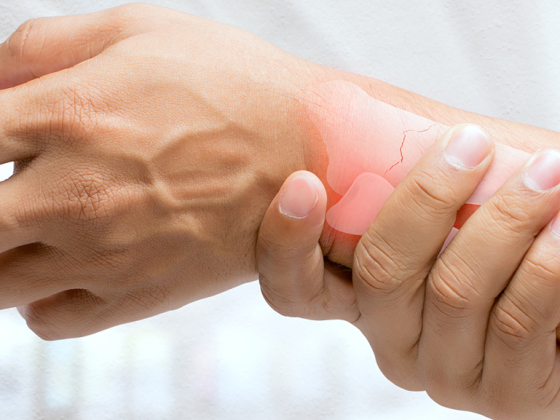Although old age is not typical for PD and there are also young patients, the disease has always been associated with elderly people. Sufferers also often have to contend with polypharmacy, because even on this side of 70, Parkinson’s is a disease that often requires many medications. Therefore, when treating the very elderly, there are a few things to be aware of as a physician.
From the geriatric point of view, it is important to include some special features in the treatment decision for Parkinson’s patients, reminded Prof. Dr. Tobias Warnecke, Senior Consultant, Department of Neurology, Münster University Hospital, at the beginning of his lecture. Standard considerations include that dopamine agonists should be relegated to the background and anticholinergics should be avoided altogether because of cognitive side effects. Retard preparations of L-dopa and capsules are not PEG accessible and if a patient cannot take oral tablets, there are options to bypass the gastrointestinal tract. In addition, clinical pictures requiring differential diagnosis are common in geriatrics, as are late motor and non-motor complications, for which there are various therapeutic options.
Therapy of motor symptoms
There are two types of motor complications in older Parkinson’s patients: Fluctuations, which are alternations between periods of good and poor mobility (on-off), and dyskinesias, which are over-movements that do not particularly bother some patients but are considered very uncomfortable by others.
Prof. Warnecke pointed out that the data in elderly patients are predominantly available for so-called end-of-dose fluctuations, i.e. situations in which the L-dopa effect wears off shortly before the next tablet is taken. However, there are also other fluctuations, e.g. paroxysmal with a very sudden onset off. With all that said, few specific data exist for the very old in studies. Amantadine is an active ingredient that specifically treats dyskinesia, but it is known to be rather unsuitable for older people due to its side effect profile. In recent years, new Parkinson’s drugs have come on the market, such as safinamide – an MAO-B inhibitor – and opicapone – a COMT inhibitor – about which there is not yet much data with respect to elderly patients. According to the expert, however, it can be deduced from the observational studies that exist that they can be used with restrictions in this age group as well.
A 13-year follow-up study showed that after 10 years of disease progression, almost all patients had motor fluctuations, and 55.7% suffered from dyskinesias. Early L-dopa therapy is not a significant risk factor for the development of motor complications, but: when motor complications and dyskinesias occur in a PD patient who is older than 70 years, this is associated with reduced mortality because there is then a response to levodopa after all, whereas patients who have fewer fluctuations often have a more severe course, possibly with a lower response to L-dopa. Thus, the occurrence of motor complications alone is not necessarily a poor prognostic factor, but rather a good one because it is associated with reduced mortality.
Elderly patients should therefore be treated primarily with L-dopa rather than dopamine agonists. In the late stages of Parkinson’s disease, there is decreased L-dopa responsiveness, but resting tremor, bradykinesia, and rigor in particular, as well as walking in some patients, improve. The best L-dopa effect is seen in Parkinson’s patients with motor fluctuations.
In the more advanced stage with fluctuations, therapies that bypass the gastrointestinal tract are available, such as the apomorphine pump, a dopamine agonist, intestinal L-dopa infusion, and deep brain stimulation. Patients older than 70 years are not eligible for deep brain stimulation, but are eligible for the other two. The same is true for those with mild dementia, although with apomorphine, possible hallucinations may be a problem. Because of this, elderly patients with motor fluctuations are especially eligible for intestinal L-dopa infusion therapy. Here there is a new development from Scandinavia: In addition to the levodopa pump, there is now also the levodopa-entacapone pump. It administers the active ingredient levodopa/entacapone/carbidopa into the intestine. The advantage: the pump is much smaller, which could be an advantage for patients with dementia who may reach for the pump, according to Prof. Warnecke. The downside, in his view, could be that the entacapone, along with the levodopa, may increase neuropsychiatric symptoms.
Deep brain stimulation is exceptionally an option in the elderly (>75 years) if the patient has tremor. In the meantime, however, ultrasound-guided thalamotomy is a new procedure that could also be used in elderly patients in the future.
|
“Trick” through the back door For cases where oral levodopa cannot be given, Prof. Warnecke revealed a “trick”: certain Parkinson’s drugs can also be administered rectally, at least temporarily. Madopar LT and Isicom tablets, for example, are suitable for this purpose. This procedure is recommended if you do not want to place a feeding tube right away or if you think that the patient will recover relatively quickly. |
Tablet residuals due to dysphagia
Dysphagia is a major problem, especially in elderly patients, leading to an increased risk of mortality and is associated with a doubling of the risk of pneumonia in people >70 years. Aging alone causes deterioration of swallowing function, known as presbyphagia. If Parkinson’s disease is then added, the compensation threshold is quickly exceeded and the patient develops a clinically manifest dysphagia.
A consequence of this may be that pharyngolaryngeal bradykinesis and associated tablet residuals occur. It can therefore happen that tablets get stuck in the throat of the dysphagic patient and thus cannot develop an optimal effect. Therefore, dysphagia should be treated.
The German guidelines recommend optimizing dopaminergic therapy (L-dopa) and initiating specific logopedic swallowing therapy, especially FEES-guided biofeedback and EMST training. A recent study showed that EMST (Expiratory Muscle Strength Training) produced a significant improvement in pharyngeal swallowing efficiency after 4 weeks of training, and even after 3 months, i.e., after training was discontinued, efficiency remained improved.
Therapy of non-motor symptoms
For non-motor symptoms, a basic distinction should be made between a symptom that is
- can be improved by dopaminergic medication,
- is a side effect of a medication, e.g., impulse control disorder with dopamine agonists, or the
- is not dopaminergic and that cannot be improved by Parkinson’s medication. A typical example of this is Parkinson’s dementia.
In particular, depressive symptoms, panic attacks, anxiety, executive dysfunction and attention, bladder dysfunction, sweating, and pain can be treated by optimizing dopaminergic medication, if appropriate.
A very large number of Parkinson’s patients (>30%) develop dementia in the course of their disease. The consequences are reduced quality of life, burden on family members, institutionalization, shortened life span, and limitation of therapy (e.g., deep brain stimulation). According to Prof. Warnecke, the distinction between Parkinson’s disease and Lewy body disease is arbitrary: “The new diagnostic criteria for Parkinson’s disease also no longer make such a strict distinction between the two diseases. However, one can state: The more Alzheimer’s pathology you have in the brain of a Parkinson’s patient, the more severe his neurocognitive disorders are likely to be.”
Rivastigmine is approved for the treatment of dementia in Parkinson’s disease. Donepezil can also be used, according to the Movement Disorder Society’s recommendations. In contrast, Mild Cognitive Impairment (MCI) in Parkinson’s cannot be treated with medication. Rivastigmine and donepezil often improve cognition in Parkinson’s disease patients compared to Alzheimer’s dementia, and also reduce apathy and hallucinations.
Orthostatic hypotension
The typical picture of orthostatic hypotension includes the patient having high blood pressure at night, not during the day. Accordingly, there is no need to reduce levodopa during the day. Instead, the first step in treating orthostatic dysregulation is to lower blood pressure at night. Short-acting antihypertensives are used for this purpose. The Movement Disorder Society recommends captopril, nebivolol, and losartan. Only in the second step should an attempt be made to increase the low blood pressure during the day. For this purpose, there is now Droxidopa, a norepinephrine prodrug that is not approved in Europe, but can be imported from Japan and China, Prof. Warnecke advised.
Bladder disorders
Finally, the expert pointed out a particularly large and frequently occurring problem in Parkinson’s patients: the nocturnal urge to urinate, which affects up to 71%. The most common are nocturia without/with urinary incontinence and increased urinary frequency. Parkinson’s disease patients also have a 1.52-fold increased risk of developing erectile dysfunction, prostatic hyperplasia is a common comorbidity in men, and urologic symptoms are generally associated with an increased risk of falls.
With the usual bladder medication, you have the problem that it is anticholinergic. Mirabegron, a beta3-adrenoceptor agonist, is now available as an alternative and, according to the data available to date, can also be used in elderly patients.
Congress: DGIM 2021 (online)
Source: Session “Parkinson therapy in the very old” at the 127. Congress of the German Society of Internal Medicine (DGIM), April 17, 2021.
InFo PAIN & GERIATRY 2021; 3(1): 32-33 (published 7/3/21, ahead of print).
HAUSARZT PRAXIS 2021; 16(8): 47-48











